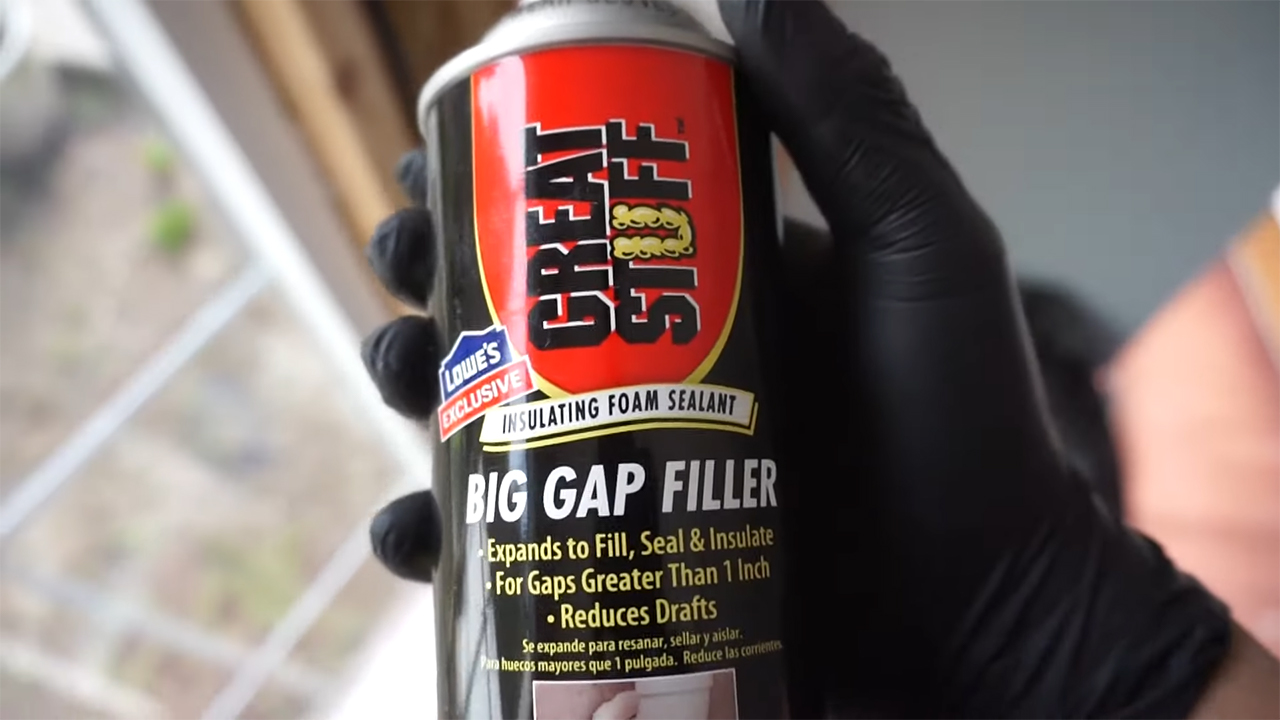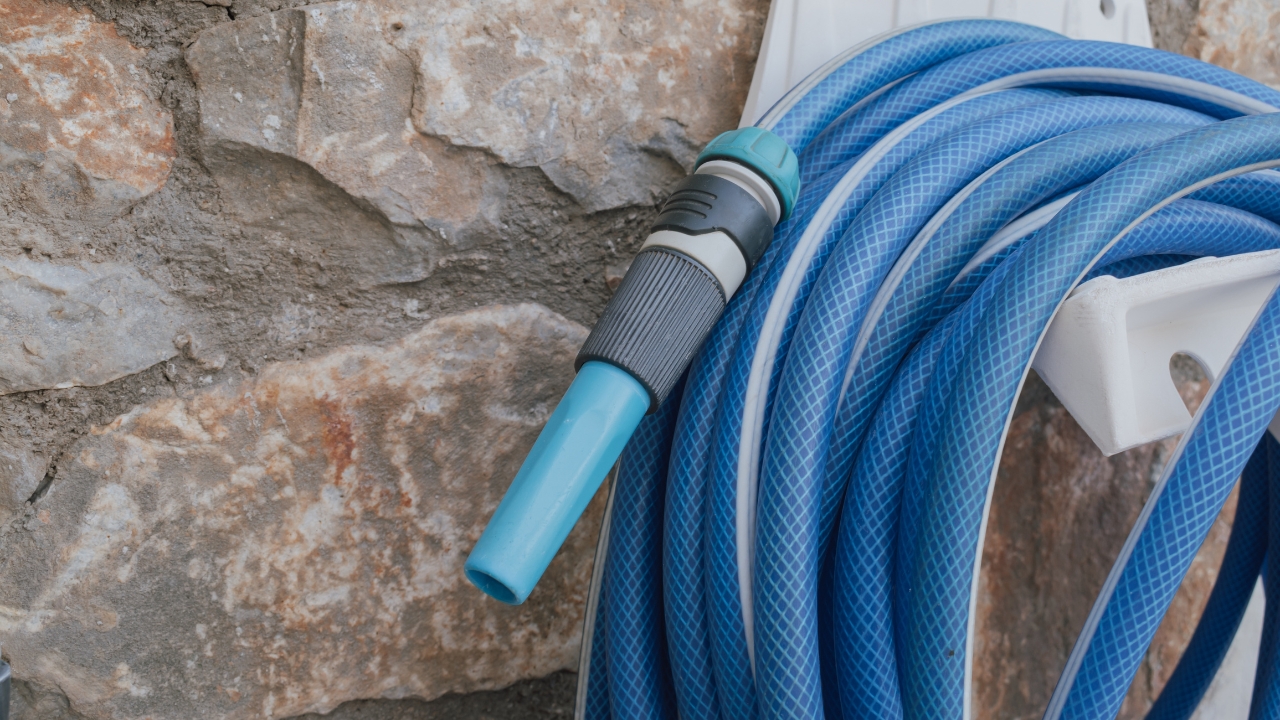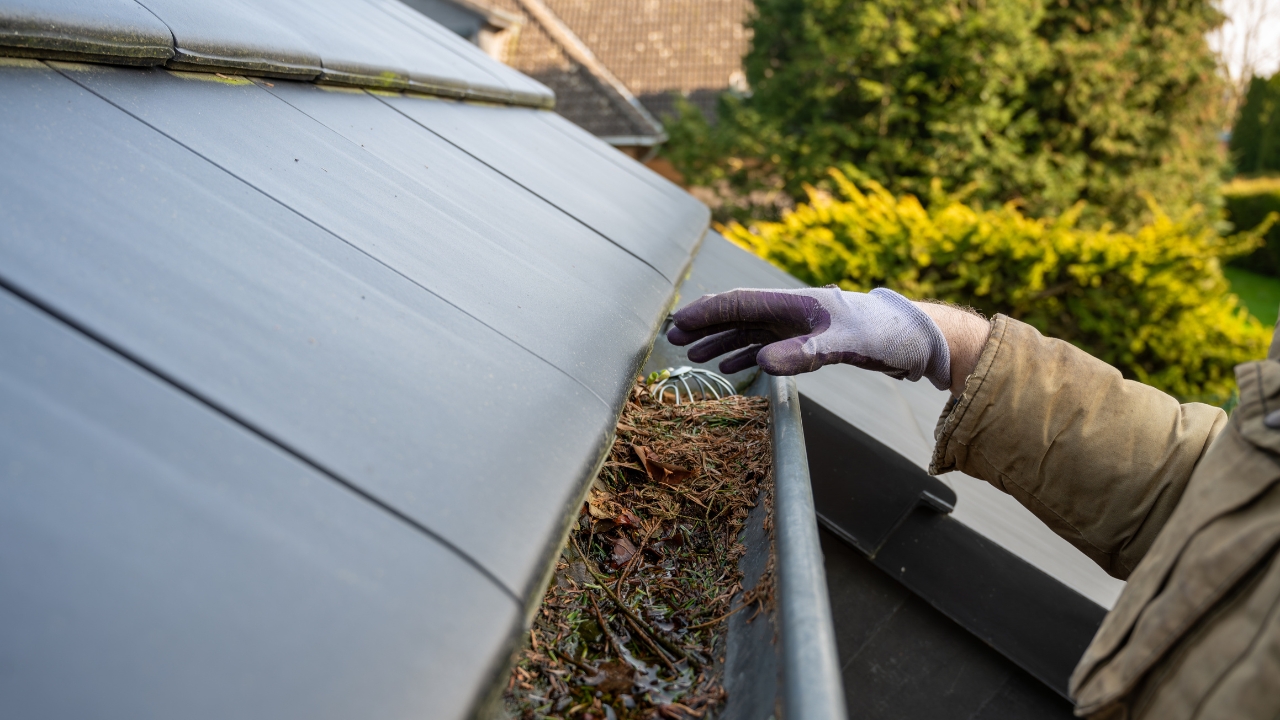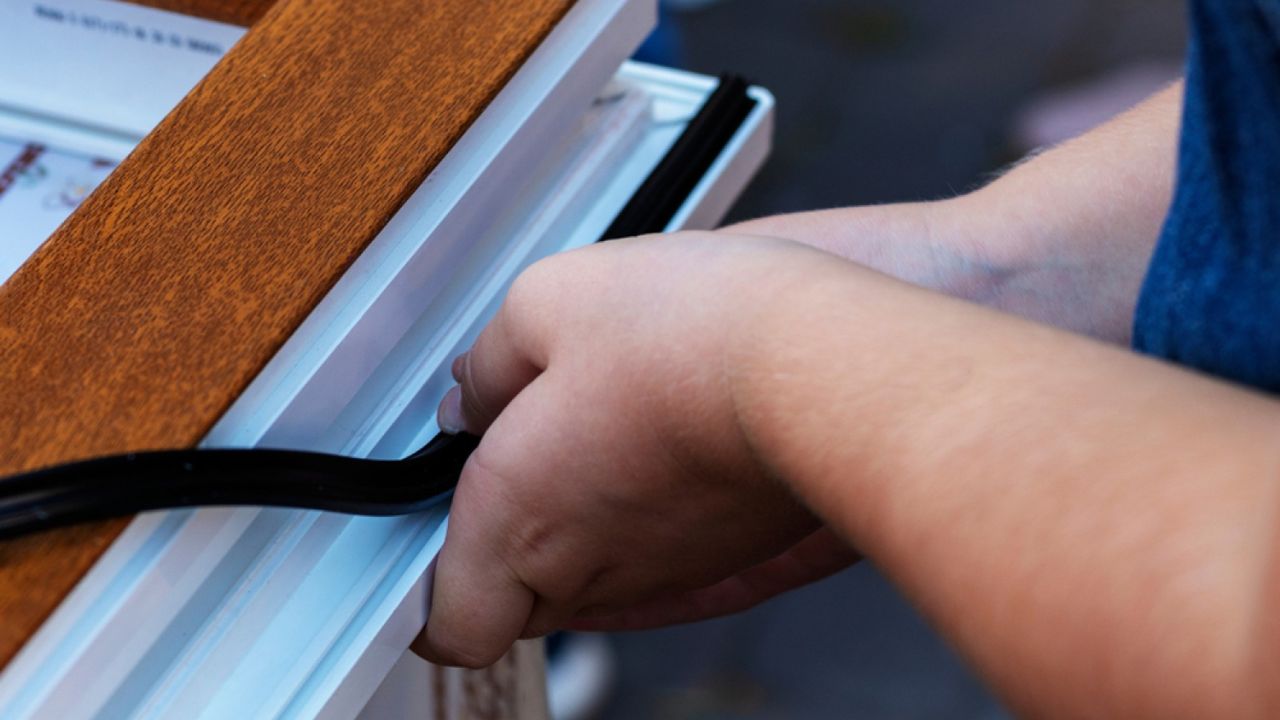10 fixes that fail when temps drop below freezing
Cold weather has a way of showing what’s really working on your property—and what’s been hanging on by a thread. When temperatures drop below freezing, certain quick fixes or warm-weather repairs stop holding up, and the results can turn costly fast.
Water expands, materials contract, and even the best DIY patches can give out when winter really sets in. If you want to stay ahead of problems this season, here are the fixes most likely to fail once the cold moves in.
Temporary pipe insulation

Foam sleeves and tape wraps work fine in mild cold, but once the temperature dips into the 20s, they’re not enough to keep pipes from freezing. Any gaps or unsealed joints let in just enough cold air to cause a burst.
For exposed pipes, add heat tape or move insulation all the way to the fittings. If your water lines run through an unheated crawl space, you might need a space heater or heat cable to keep them safe during long freezes.
Asphalt patch repairs

Those cold-pour asphalt patch kits can hold up in spring and summer but crack apart in freezing weather. Moisture seeps into the repair, freezes overnight, and widens the gap you were trying to fix.
If your driveway or walkways need repair, seal them before the first hard freeze. Once winter hits, focus on keeping water out of cracks instead of patching them—because in freezing temps, every patch turns brittle fast.
Silicone and caulk repairs

Most caulks and sealants don’t bond properly in cold weather. Below about 40°F, they become thick, won’t cure right, and may peel or crack within days.
If you need to seal gaps in windows, siding, or trim during a cold snap, look for cold-weather formulations or wait for a warm stretch. Otherwise, you’ll end up redoing the work once it warms back up.
Quick concrete patches

Fast-set concrete and mortar are meant for convenience, not freezing conditions. When temperatures drop, the water inside the mix freezes before it can cure, leaving weak, crumbly repairs.
If you must fix something structural during winter, use products labeled for cold-weather use and protect the area with insulation or a heat lamp while it cures. Otherwise, that repair will crack and flake apart by spring.
Spray foam fixes outdoors

Spray foam expands differently in freezing weather. It doesn’t cure evenly, leaving gaps that let in drafts or moisture. In cold conditions, it can also shrink or pull away from the surface it’s applied to.
If you’re sealing around windows, vents, or eaves, make sure the temperature is above freezing—or move the job indoors. Outdoor foam repairs are one of the first things to fail when temperatures take a dive.
Roof patch tape

Roof patch tape and sealant can work well for emergency fixes, but they rely on warmth to stick properly. Below 40°F, the adhesive stiffens and won’t bond, meaning your “fix” can peel away the next time snow or ice piles up.
If you notice a leak midwinter, your best bet is a tarp until the weather warms up enough for a proper repair. Anything you try to stick down in the cold won’t last long.
Garden hose connectors and fittings

Plastic hose repair kits and cheap metal fittings crack easily in freezing weather. Once there’s water trapped inside, it expands and splits the connector apart.
Before temperatures drop, disconnect all hoses and drain them completely. Store them indoors if possible. Outdoor spigots should be covered or insulated so ice can’t build up and damage the threads or valves.
Window film and weatherstripping patches

Temporary window insulation kits can start peeling off as soon as condensation forms. Adhesives lose grip in cold air, especially on older window frames or humid glass.
If you’re trying to keep drafts out, install film before temperatures drop for good. Once it’s freezing, most adhesives won’t bond tightly, and you’ll waste both time and energy trying to make them stick.
Gutter seal repairs

Gutter sealant applied in the cold tends to trap moisture, which freezes and pushes the seal apart. The next time the ice melts, it leaks worse than before.
You’ll have better luck clearing out debris and using temporary clamps until a thaw. Once temperatures rise, you can reseal properly and make sure it actually holds through the next storm.
Vinyl or plastic repairs

Vinyl fences, plastic sheds, and outdoor furniture all get brittle when the temperature drops. Any crack or hole repair made with glue or tape during the cold won’t bond well and usually snaps again once stressed.
To make repairs last, wait for warmer weather or use epoxy products rated for freezing temperatures. Otherwise, you’ll find your “fixed” plastic cracked again before spring even shows up.
*This article was developed with AI-powered tools and has been carefully reviewed by our editors.







